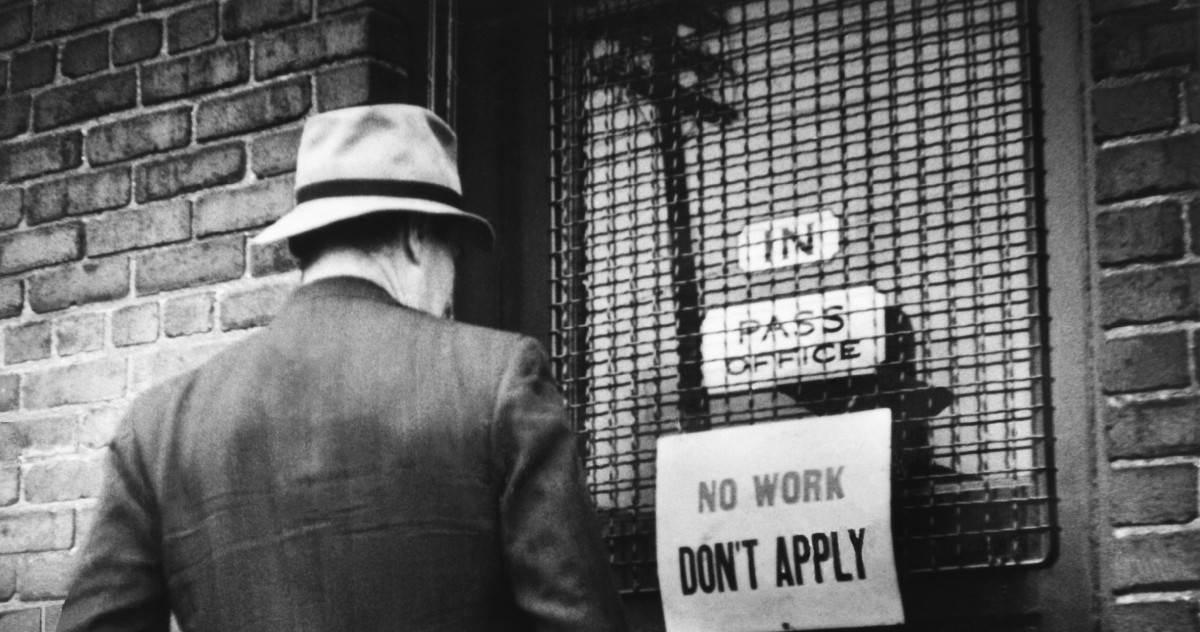Inc. magazine reported that economists are talking about “labor hoarding”. It’s another wrinkle in our strange economy that businesses should be thinking about.
The idea is to hold onto workers when entering periods of economic uncertainty rather than laying them off to avoid the cost of finding and getting new workers when the economy turns. It was a thing back in the day. Mitt Romney’s father, George, referenced the practice in 1945 in testimony before the US Senate about auto manufacturers struggling to find labor during the war effort.
So, why is it a thing again? Because during the post-war years, there was plenty of labor in the marketplace. More and more people entered the workforce, particularly in the late 1960s and 70s as Boomers reached working age and women started entering the job market. The labor force participation rate peaked in 2000 – when there was no longer questions about women working and just before Boomers started to retire. Businesses could afford to cut and rehire during recessions because it was viewed as less costly than simply hiring and retraining new workers with so much excess capacity around.
This has been the reality for anyone reading this. Today is a different reality. Labor force participation has been declining since 2000. Immigration, the labor fuel for our economic engine, is stagnant. Birthrates are declining. Workers are in the driver’s seat with more choices and power in the modern economy.
The bottom line is always economics, and the math has changed. It can be more costly to go out and find workers and train or retrain them vs. holding the labor expense in a contracting economy.
Should you “hoard” your labor? Get out the calculator. What are the costs associated with the action (legal, increased UI rates, severance)? Your processes will be challenged with fewer workers, so how will safety, quality, cost, and delivery metrics be impacted? Productivity will be hurt because of lower engagement and morale among those remain to pick up the pieces, so count that, too.
What about when stability returns and you need to go about backfilling roles? Will you have more attrition among the disengaged on your team as the job market loosens? Labor will continue to be scarce (because your competitors may decide to keep their workers out of the market and everyone else will be scrambling for the same crumbs when hiring restarts), so your time to fill will increase. What costs will be associated with time to productivity of new hires – training, retraining, and slow time to close the productivity gap. Morale won’t snap back, so engagement and other metrics will continue to suffer.
Add all of that up and compare that to the cost of holding onto workers through the turmoil.
How does your math add up? Maybe hoarding is something you should consider.

